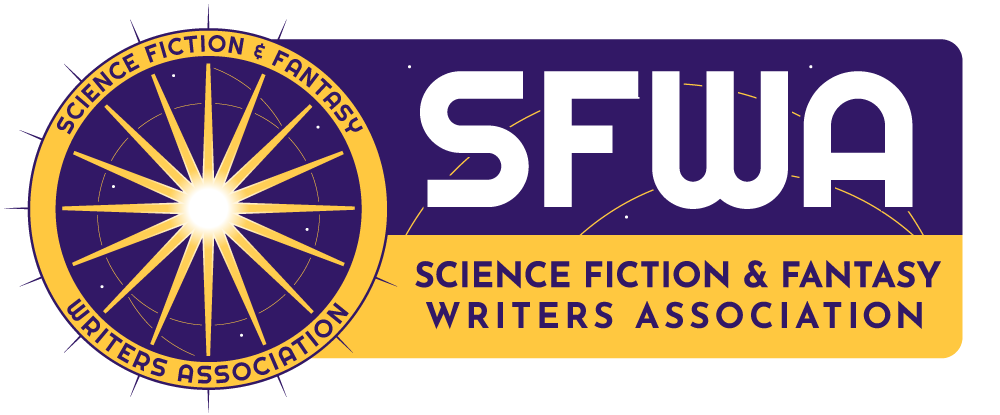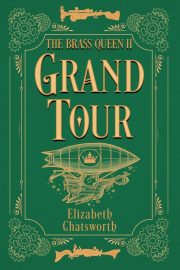The Indie Files: Wide For The Win 2 – Retail Promotions
By John Wilker
In my previous post on going Wide for the Win, I gave an overview of an author’s options when self-publishing wide, which means offering your books beyond Amazon. In this article, we’ll delve into how you can best leverage each of those outlets for promotions.
Kobo
Kobo offers a wide array of promotional opportunities for authors who are direct with them, meaning you upload directly to their backend versus using a second party like Draft2Digital. Once you’ve created your Kobo account, you have to email their sales team to ask for the promotions tab. That tab in the author dashboard unlocks a wealth of promotional opportunities, from recurring opportunities like Free Fridays and Weekly Editor’s Picks to one-off offerings like Boxing Day sales, summer beach reads, and many more.
Kobo offers two different types of promo: flat fee or percentage based. For example, you might pay $10 to participate, or they’ll take an additional 10% of sales for the length of the promo; the particular figures differ based on the promotion.
What’s nice about some of Kobo’s promotions is that they’re coupon based. Readers get an email with a coupon code. That means you don’t have to lower your prices in the other stores like you would normally be required to with direct price-reduction promos.
Kobo hand-curates their promotions. That means you’ll get rejected more often than not, but you can keep applying. I apply weekly most of the time. Knowing that you’ll be included in targeted emails when you get accepted is also nice.
On occasion, they invite authors to take part in promos, like their recent audiobook month. These opportunities require filling out an Excel file with details, so your odds of being in a smaller group are pretty good! Yes, I’m saying people are lazy and won’t complete the Excel form.
While Google lacks promotional newsletters and in-store sales events, it makes up for it with novel offerings like series bundles, subscriptions, and more. Google puts the onus on authors to drive traffic to their bookstore but rewards us with some really neat ways to incentivize readers.
Series bundles let you offer subsequent books in the series at a discount when purchased at the same times as Book 1. This can be a great upsell opportunity if the buyer enjoys the first book and the discount is good enough. You can control the discount per book to incentivize whole series sales by offering progressively steeper discounts for each book. Or simply set a flat discount for all books in the series. Up to you.
Series subscriptions, a recent feature addition, allow your readers to save a percentage that you dictate on future releases by subscribing in advance. If you’re a prolific writer, this could be an excellent way to build your Google audience and not have to work as hard to get in front of them with subsequent releases.
Google also allows you to create promo codes you can share that let readers save without having to lower your price on the store. These are great for email and social campaigns where you don’t want to be price matched and may want to offer special discounts to a select few.
Barnes & Noble (B&N)
B&N can be tricky to work with. As far as I can tell, the bulk of their indie author service is run by one person, leading to long delays in replies to emails and promotion declines and acceptances.
Like Kobo, you have to request access to their promos tab, and they’re notoriously stingy with giving access for some reason. Anecdotally, I’ve heard of some folks having to make the request monthly until they get the nod.
That said, the promos at B&N are worth doing. My philosophy has always been to use every tool offered, so I do B&N promos as often as possible. Like Kobo, they have a mix of recurring and one-off promotions that you can apply for from recurring “Top Indie Favorites” and “Nook Free Friday” to one-off holiday and seasonal sales. You just have to take a peek at the promos tab every once in a while. Unlike Kobo, B&N’s promos are free.
Apple
If you’re wide and you see an offer to watch an Apple Webinar, do it. The webinar content is generally good, but the real value is the email address that they share at the end. Don’t ask anyone for it; Apple monitors who is in webinars and who has the email. Once you have the email address, you can let them know when you’re doing a sale or launch, and if they have something that fits, they’ll include you. Sometimes, they’ll even promote you without an existing planned theme promotion. It’s rare, but you never know. You’ll also, occasionally, get an email about a promotion they’re planning to run. They’ll outline exactly what they’re looking for so that you know immediately if you should apply or not. Again, take every opportunity you can.
As Apple is one of the more difficult backends to use (you don’t need a Mac, but that’s not the only hurdle), going with a distributor like Draft2Digital or PublishDrive probably isn’t a terrible idea for them. I wish that weren’t my recommendation—I really want more from Apple, but they don’t make it easy to work with them.
Wrapping Up
As you can see, the promotional options are many when you sell your e-books wide. Leverage every opportunity you can to build your author brand on these stores. Each one has loyal readers, and the more you can get in front of them, the better.
Being wide can be a lot of work, but it can also be incredibly rewarding. Give it a shot.
 John Wilker is a science fiction writer living in Denver with his wife and two dogs. When he can, he writes from breweries. When he can’t, he wishes he could. He has three science fiction series: Space Rogues, Rogue Enterprises, and Grand Human Empire. John calls his stories fast-fun sci-fi packed with lots of heart, witty banter, and action.
John Wilker is a science fiction writer living in Denver with his wife and two dogs. When he can, he writes from breweries. When he can’t, he wishes he could. He has three science fiction series: Space Rogues, Rogue Enterprises, and Grand Human Empire. John calls his stories fast-fun sci-fi packed with lots of heart, witty banter, and action.


